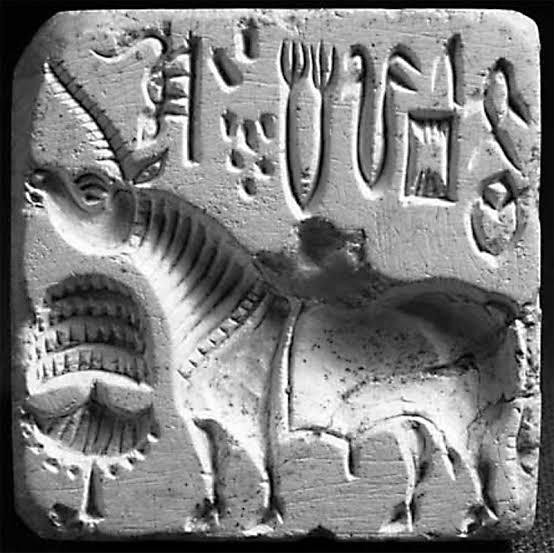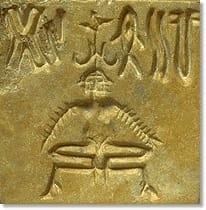For over a century, the Indus Valley Civilization’s script has remained one of the greatest linguistic mysteries of human history. This enigmatic script, found on thousands of ancient seals, tablets, and copper plates, has baffled archaeologists and linguists who have tried and failed to decipher it.


Unlike Egyptian hieroglyphs, which were unlocked with the Rosetta Stone, or cuneiform, which scholars managed to decode in the 19th century, the Indus script has no known translation, no bilingual text, and no clear grammatical structure.
Recently, Tamil Nadu’s Chief Minister, M K Stalin, has thrown down the gauntlet, offering a $1 million prize to anyone who can crack the code. The CM and some other people believe that the script most likely had Tamil roots. If true, it would cement the claim that Dravidians are the original inhabitants of India.
His statements, along with the Tamil Nadu government’s initiatives, have sparked debates, renewed research efforts, and influenced regional and national discussion on history. Although for more than a century now, over one hundred attempts have been made by scholars from different fields to decode this script, why has the solution remained so elusive yet?
Deciphering the Indus script poses significant challenges. One major hurdle is the limited number of scripts available – approximately 4,000, mostly found on small artifacts like seals, pottery, and tablets. Furthermore, each script is remarkably concise, averaging only five signs or symbols, with no extensive texts inscribed on walls, tablets, or stone slabs.
The square seals, commonly discovered, exemplify this enigma. A line of signs runs along the top, accompanied by a central animal motif, often a unicorn, and an adjacent object whose meaning remains a mystery.
Without a firm reference, deciphering the script will require more than just linguistic expertise, it will demand groundbreaking innovation. If deciphered, the Indus script would be a game-changer, offering a deeper understanding of India’s past and strengthening cultural and linguistic identities. It could reshape South Asian History, providing a more accurate narrative of early civilizations and their contributions to the modern world.
Ms. Charul Sharma
Assistant Professor
Department of History
